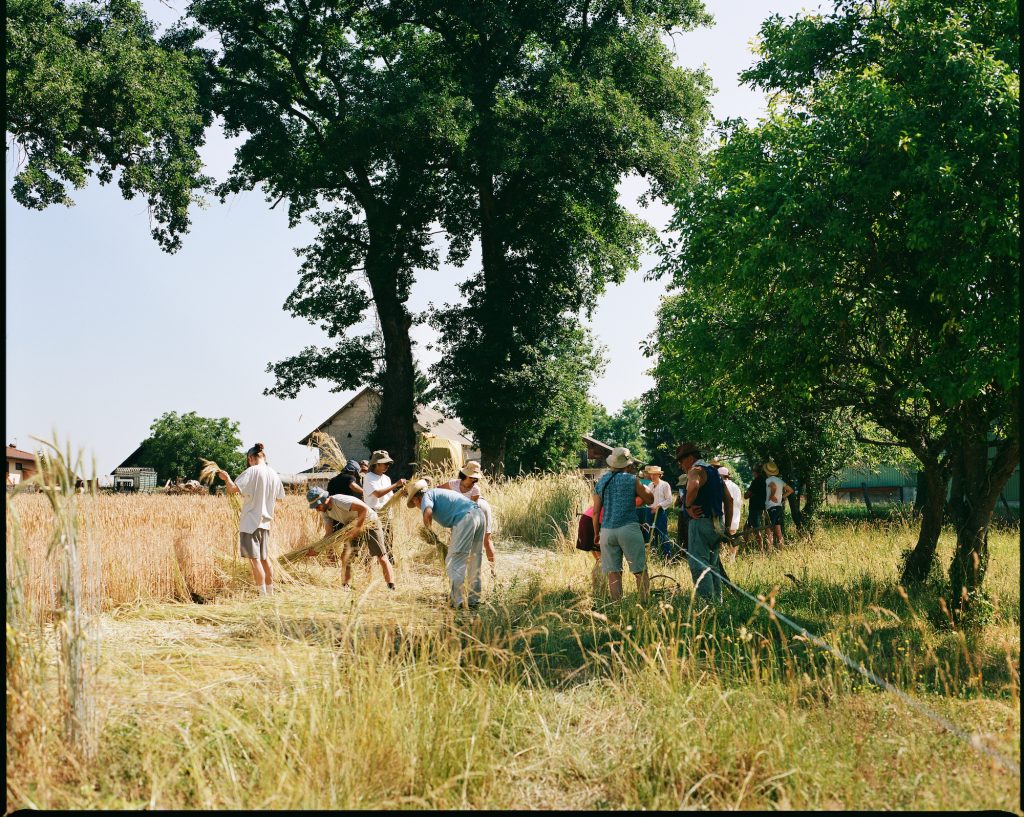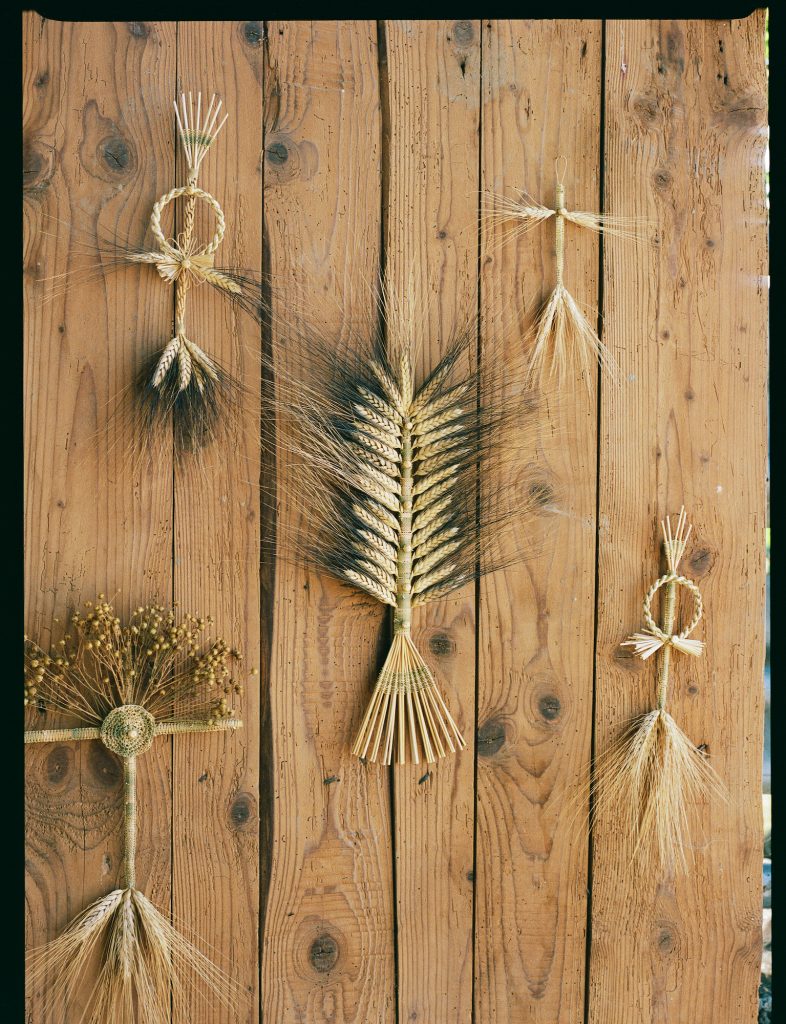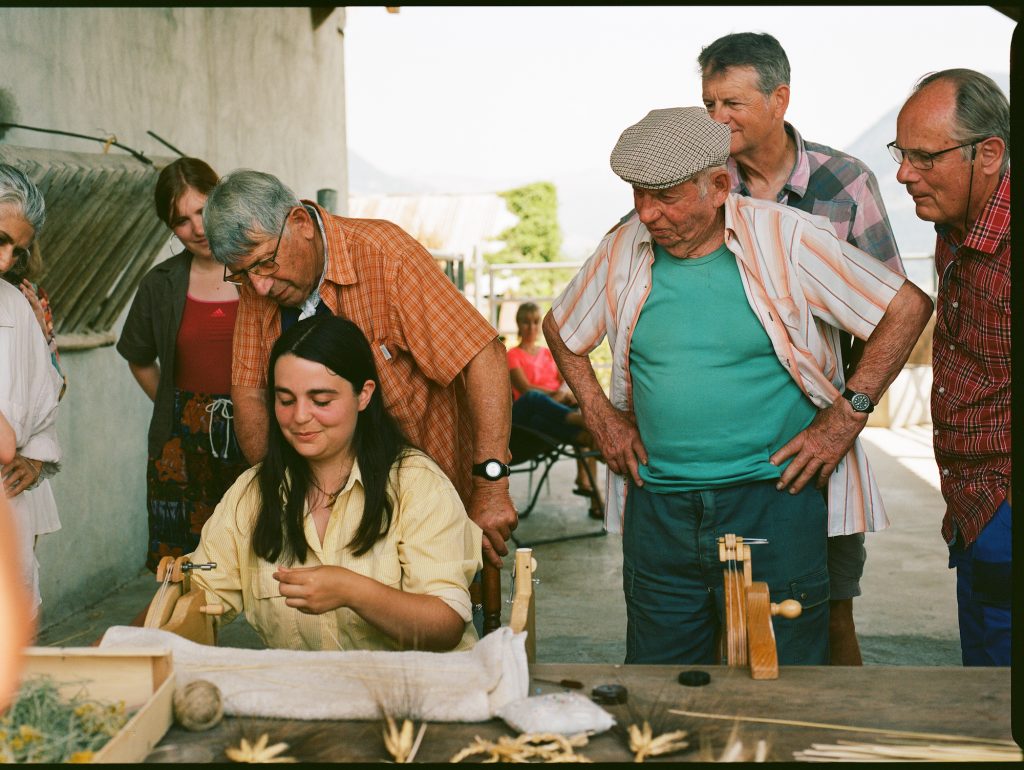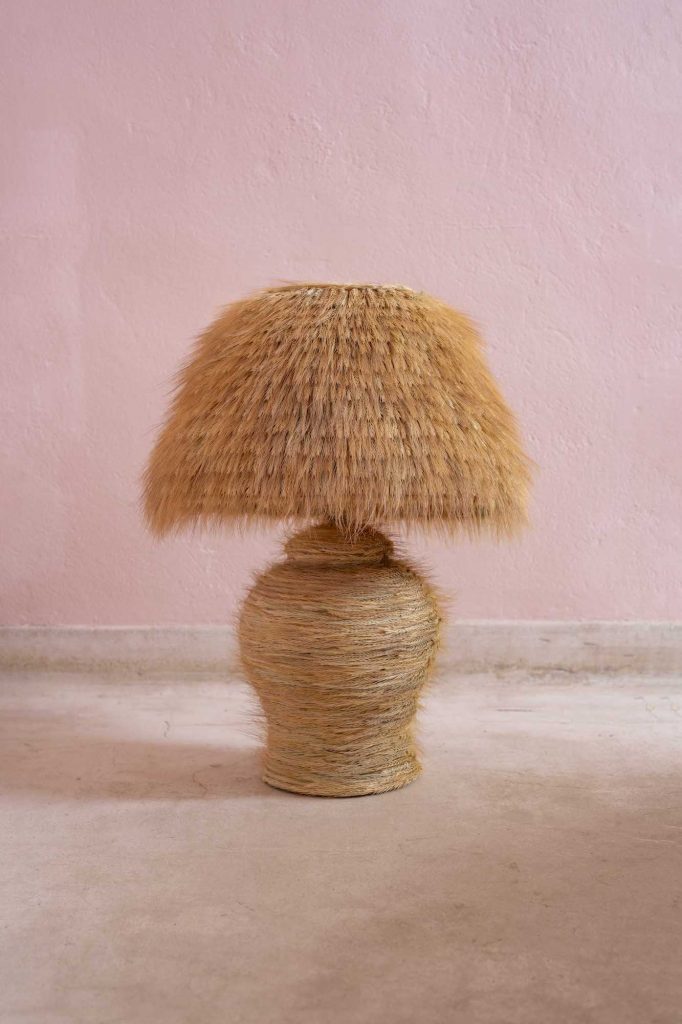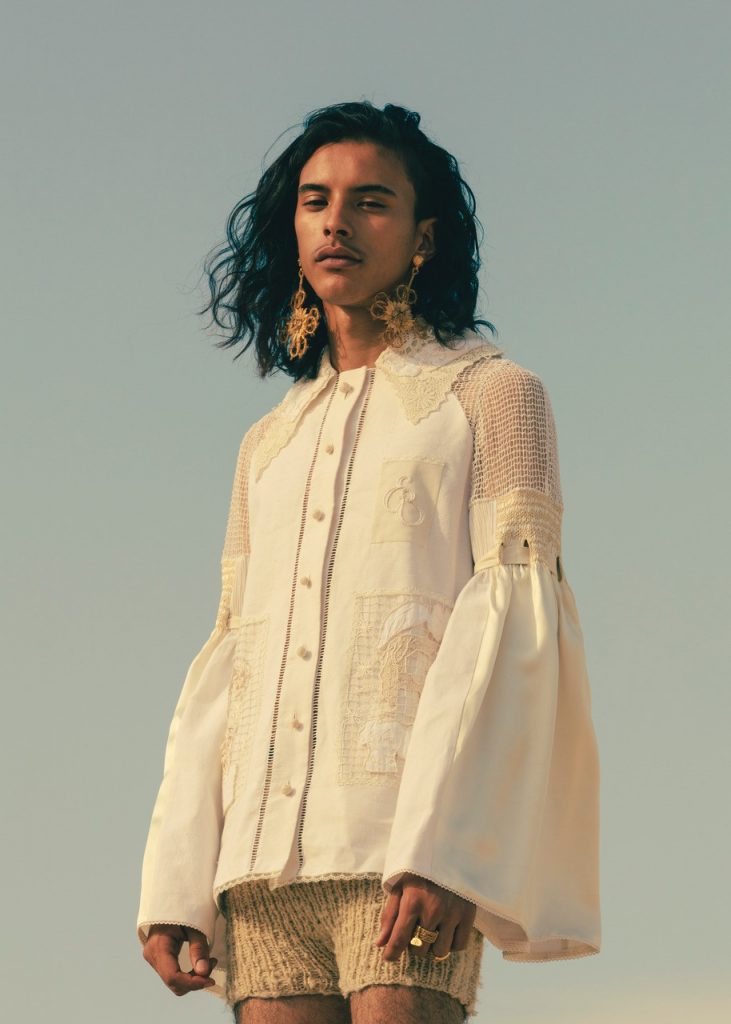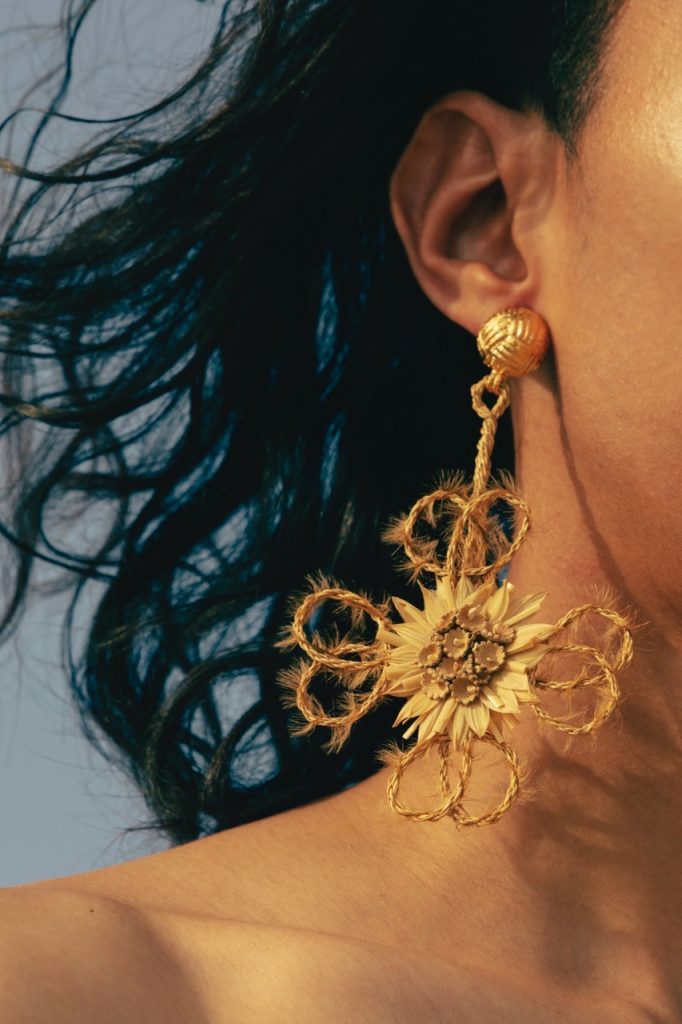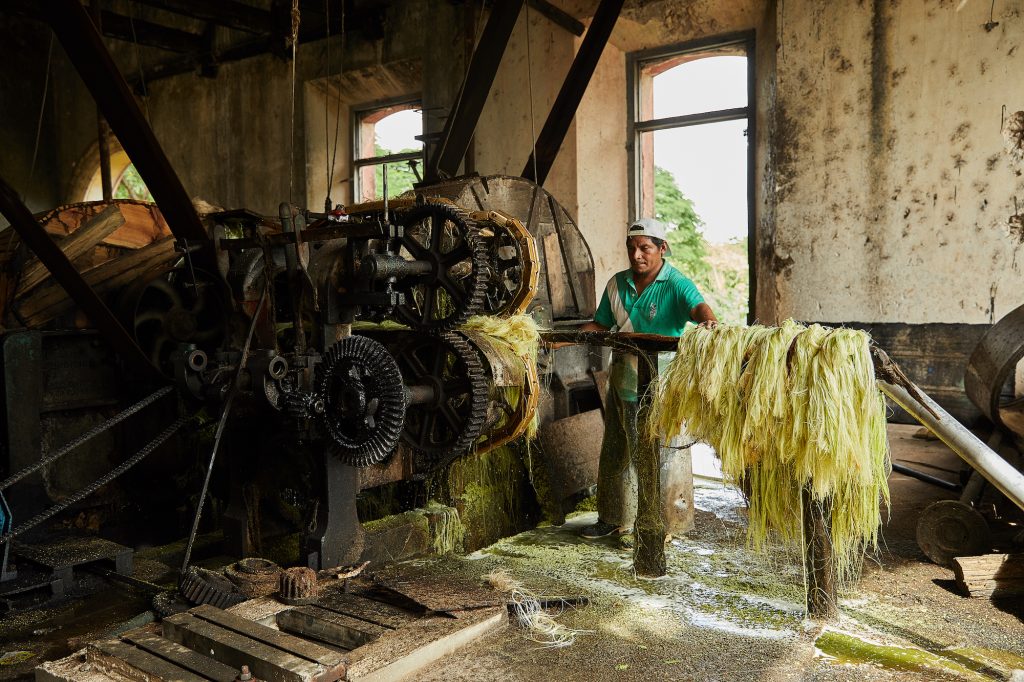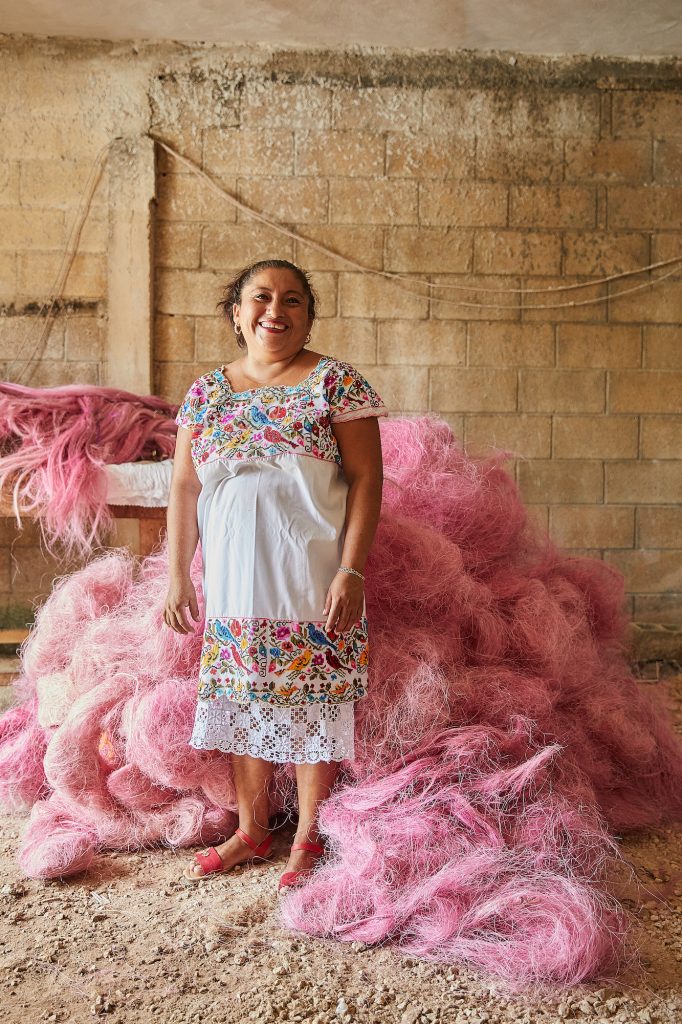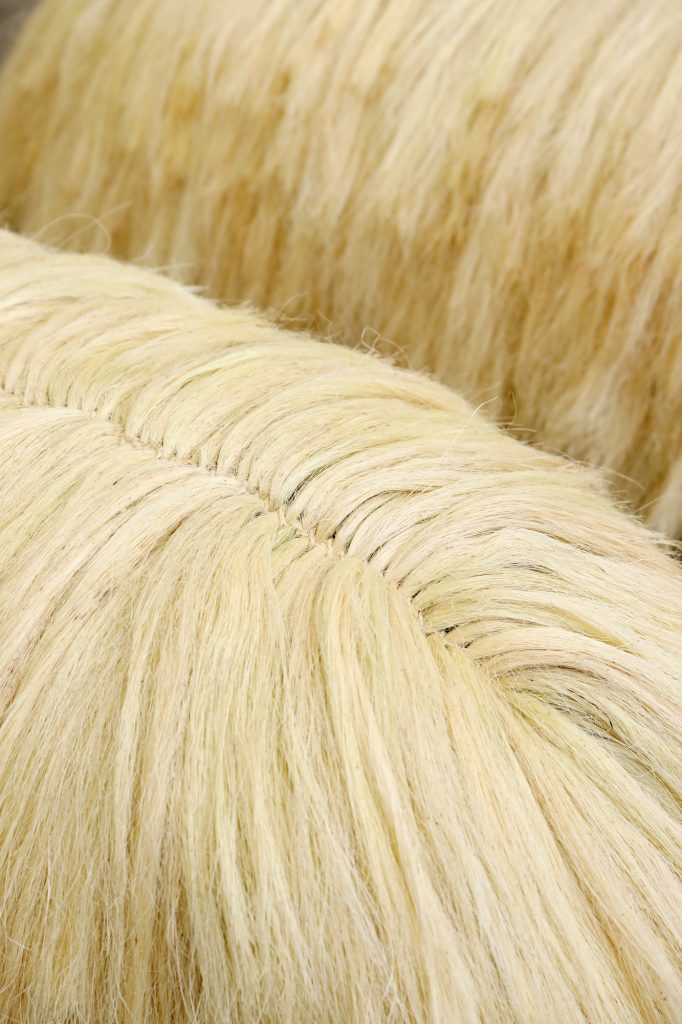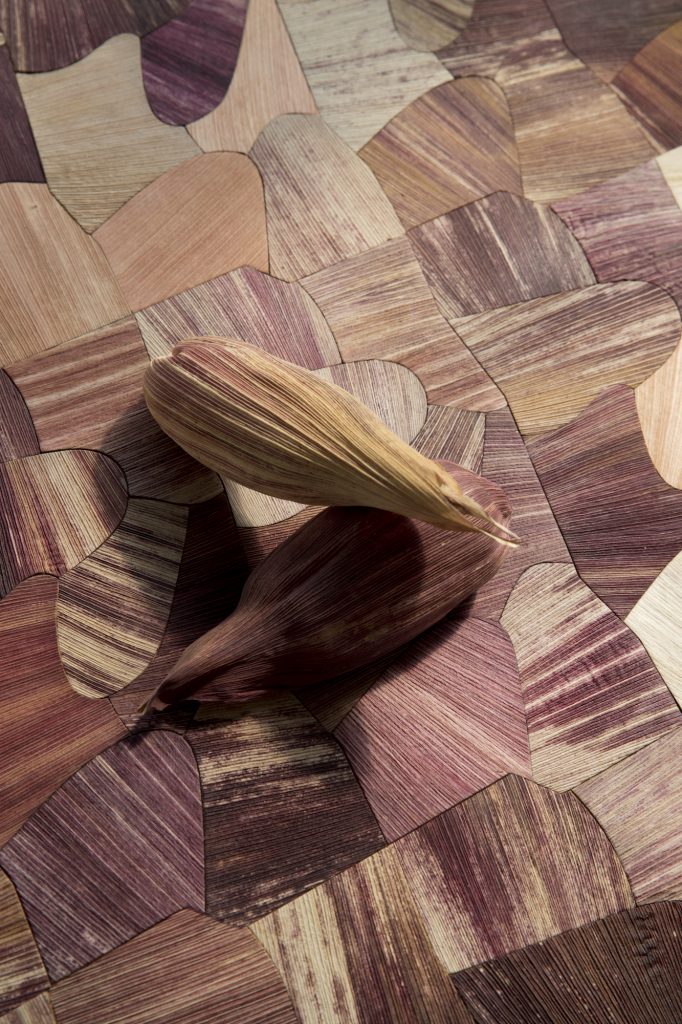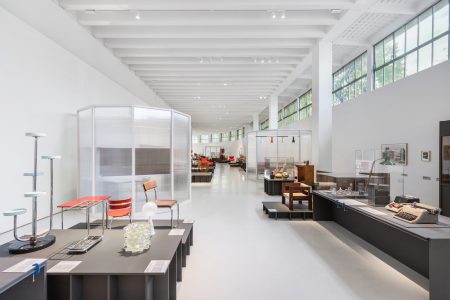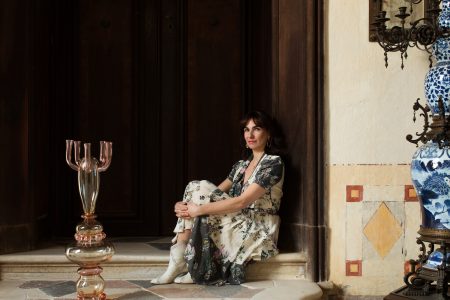Cultivating a Selfless Future
For TLmag39: The Culture of the Object, studio d-o-t-s explored what agrarian traditions can teach design, looking at the work of Emma Brushi and Fernando Laposse, both of whom are designing and making objects in collaboration with local farmers and crops.
In her book “To Dance in the Age of No-Future,”1 the Spanish dancer, choreographer, and researcher Paz Rojo challenges the conventional notion of “progress” and our society’s relentless pursuit of a predetermined future. Rojo’s thoughts revolve around the concept of dance as a practice that should refuse the idea of planned progress (or ready-made future as she defines it). Claiming that dance needs to “practise a lack of future,” and “forge alliance with potentiality and nothingness,” in her text, the dancer provocatively asks, “How can we commit to the future, to that which does not yet exist, without turning it into the continuation of what has already been?” While Rojo’s reflections are rooted in the field of dance, they open up questions that could positively influence (or, better, should infiltrate) the realm of design.
What if a discipline that is often preoccupied with shaping the world of tomorrow through human-centred, technologically driven solutions participated in questioning the problematic ready-made future it keeps helping create? What if design was rethought as a fertile endeavour that favours plural futures based on multispecies relationships, the respect for seasonality and the understanding of the limits of planetary resources?
Being intrinsically connected to industrial production and the capitalist economy (and thus to extractivism, consumerism and waste), since its beginnings, design has been carrying two original sins: the objectification of and disconnection from the living communities that inhabit the planet – be they plants, or other-than-human animals. With the post-war infatuation for endless prosperity and growth, came the desire of Western urban societies to replace everyday objects and clothes made slowly, cherished, polished and repaired with quickly-produced and even-more-quickly-discarded items. Things that have come to form the irreversible sedimentary layer of a new geological epoch known as “The Anthropocene”.2
If many designers have been inherently supporting this model or barely questioning it, the current climate crisis and the immense anthropogenic pressure on our planet in which human-made mass has exceeded all living biomass and our global population has reached eight billion, seems to have grabbed their attention.3 Drawn to resilient systems of interdependence that operate on the fringes of industrial, extractive, and monocultural practices, these designers are looking at often-forgotten approaches and systems, still found today in traditional peasant4 practices like pastoralism and the cultivation of ancient companion species. Emphasizing diversification, reciprocity, and a conscious use of land resources, their endeavours try to oppose the dominant agro-industrial machine and offer counter-answers to the climate breakdown dilemma. Working hand in hand with farmers, these designers are cultivating both literal and conceptual seeds. They are redefining their roles as creators, embarking on long-term [agri]cultural projects that prioritize intimacy with a specific biotope (including its human communities and its natural cycles), and that embrace activism to restore and preserve ecosystems and social ties. Their work emphasizes slowness, values handcrafts, and forges strong connections between the objects they conceive and the lands that enabled the production of the artefacts.
Known for her jewellery and clothing line handmade with straw – which appeal to “both fashion enthusiasts in Paris and the friends of [her] grandparents in the countryside”5 – French fashion designer Emma Bruschi is based in the French Alps. For her, employing and personally cultivating wheat and rye was a natural choice: “They are the expression of a certain history, a certain culture; they allow me to reconnect with the roots of my own family and the people around me. And they instinctively lead me to positive and virtuous things.” The weaving techniques that Bruschi explores in her work are ancient and closely related to a time when the harvesting of cereals was done by hand. As she underlines, “wheat was a highly versa- tile plant, consumed as food, used to feed the animals and nourish the land, but also for clothing, and shelter.” Working with something alive, “sowing it, taking care of it, and making it grow,” the designer admits, “requires patience and respect. You need to under- stand its rhythm and also the constraint of the plant, which, of course, requires a year to grow.”
Operating between Mexico City and the rural community of Tonahuixtla, a small village in the Mexican state of Puebla, designer Fernando Laposse has made a name for himself developing politically-charged projects that empower locals and give them exposure on the international stage. Through his collaboration with Delfino Martinez Gil – his main partner in the Totomoxtle project – Laposse acquired a new understanding of his work as a designer. “Agriculture teaches us to think beyond the present, extending our influence far beyond our own lifetimes. It encourages us to con- template legacy through selfless acts. Delfino has been instrumental in shaping my perspective. He envisions a legacy that transcends personal recognition, a subtle impact that may go unnoticed. Delfino’s approach, which I now embrace, centres on systemic thinking and selflessness. His pragmatic efforts involve the cultivation of diverse plants, a tangible manifestation of his commitment to a lasting legacy that benefits not just us but the entire ecosystem,”6 affirms the designer. Echoing Bruschi, Laposse also reckons that “It is an interesting challenge to work with the constraints of Nature and natural cycles. It is not that you can go to the home depot and buy agave fibres. You have to wait, and on some occasions, you must wait a lot! For instance, we have been waiting eight years for our agaves to grow. But this slowness is something more and more designers are starting to embrace (Full Grown’s chairs are a good example in that sense).”
While their goals and approaches – as well as the environments they operate in – vary greatly, what designers such as Emma Bruschi and Fernando Laposse have in common is the adhesion to values and methodologies borrowed from pastoral and agricultural communities that have managed to preserve and renew their connection to the land and its other-than-human inhabitants. By embracing selflessness, slowness, and a sincere commitment to the eco-social landscapes they frequent, what such designers propose is a shift from a ready-made future (that has already proven fatal to the planet) to plural futures rooted in reciprocity, care and “potentiality”.7
The hope is that what people like Bruschi and Laposse – and the communities they work with – are sowing today might grow into a movement that pushes the discipline of design to radically rethink itself and transform. So that a new culture of the object is cultivated and nurtured.
www.studiodots.eu
www.emmabruschi.fr
www.fernandolaposse.com
@we_are_dots
@emma.bruschi
@fernandolaposse
—–
Notes:
1. Paz Rojo, To Dance in the Age of No-Future (Berlin: Circadian, 2019)
2. See https://en.wikipedia.org/wiki/Anthropocene
3. See Elhacham, Ben-Uri, Grozovski, Bar-On, Milo, “Global human-made mass exceeds all living biomass”, in Nature #588, 2020; https://www.nature.com/articles/s41586-020-3010-5
4. Paysan, agriculteur… in French, several words can be used to translate the word farmer. In France the term paysan – literally meaning peasant – suffered negative connotations, and was often used with disdain, as an insult throughout the 19th and 20th century. (Source: Barral, P., “Note historique sur l’emploi du terme ‘paysan’”, Études rurales, No. 21, (1966), 72-80). Reappropriated by some farmers, the word now carries political meaning: It is generally opposed to the word agriculteur and to the capitalist model of a standardised agricultural system that does not take into consideration the specificities of a landscape (know-hows, hydraulic capacities, qualities of the soil, geography, local breeds, endemic plants…) and instead grows the same crop (e.g. maize), or raises the same commercial breed (e.g. Large White pig, Saanen goat) anywhere.
5. Personal conversation, 27.07.2023
6. Personal conversation, 26.07.2023
7. Rojo (2019)
